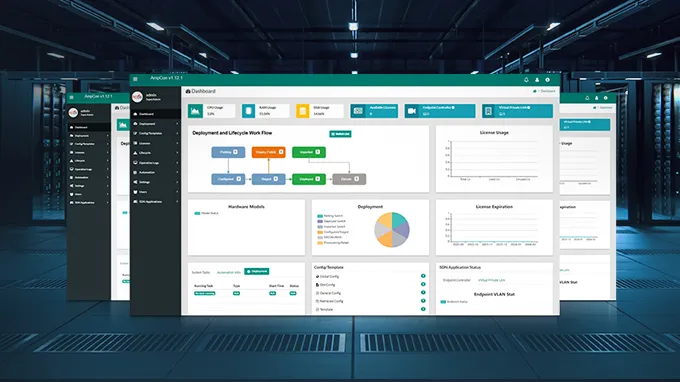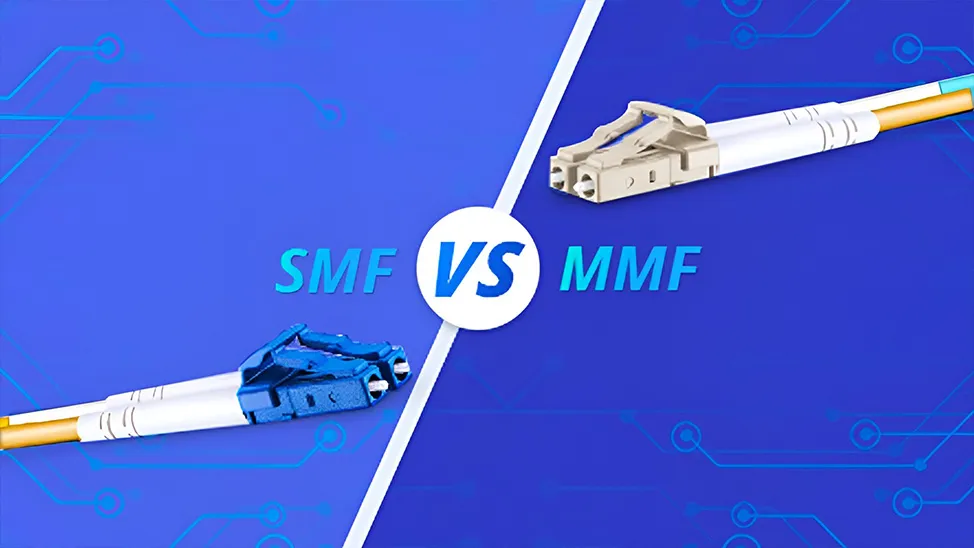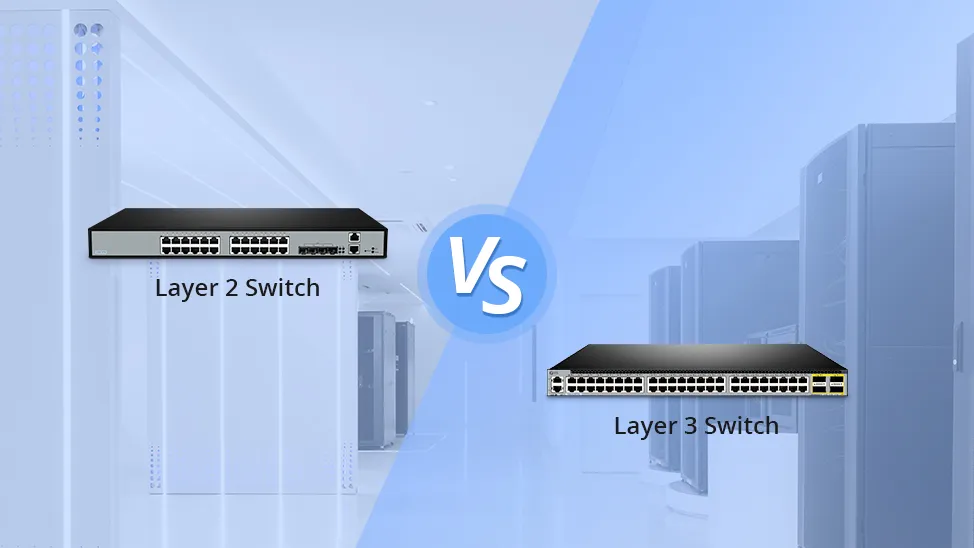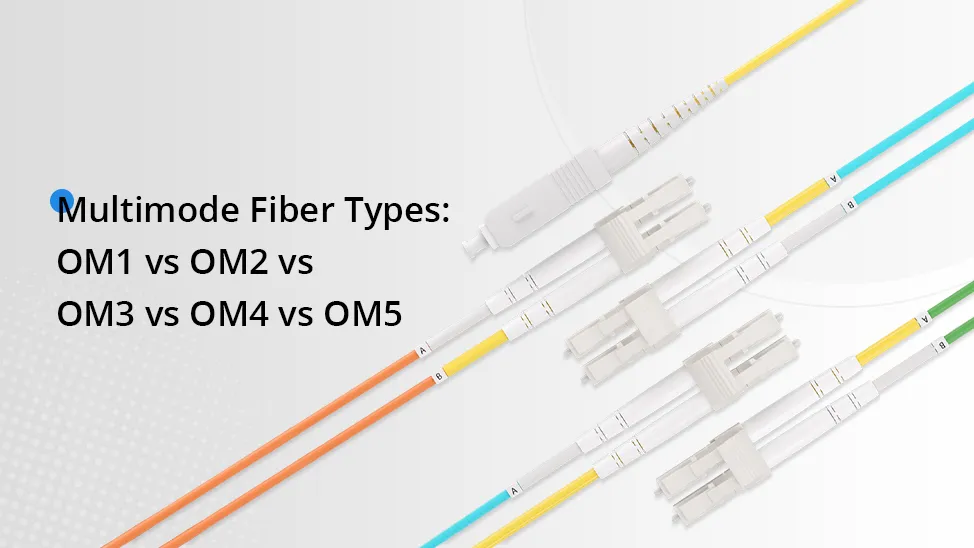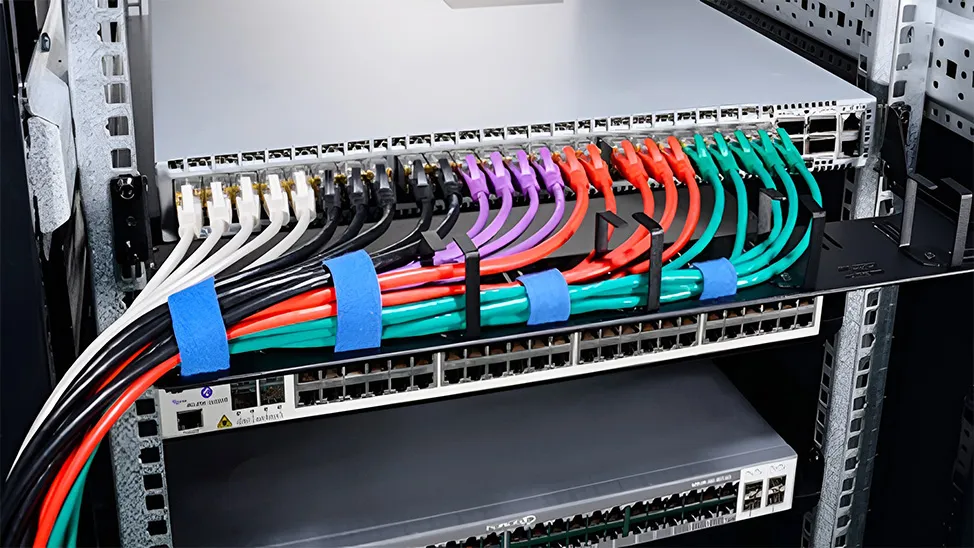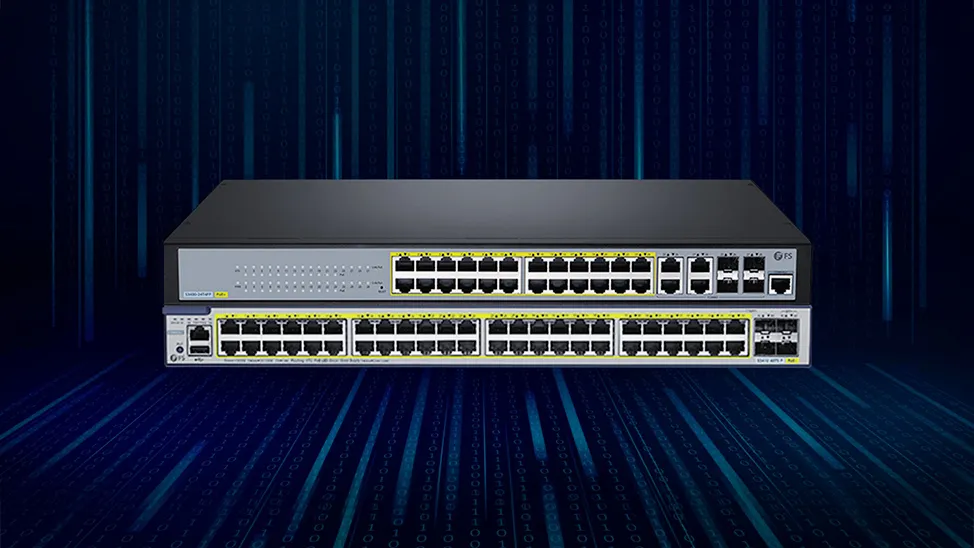SFP, SFP+, SFP28, QSFP+, QSFP28, What Are the Differences?

SFP, SFP+, SFP28, QSFP+, and QSFP28 are different fiber transceiver types on the market. They are all hot-pluggable optical modules that are used to connect network switches or other devices. Then, SFP vs. SFP+, SFP28 vs. SFP+, QSFP vs. QSFP28, what are their differences? Can SFP28 transceiver plug into SFP+ slots? And how to choose between these five form factors transceiver modules? All explanations are here.
What are They?
Before concluding the differences of SFP vs SFP+ vs SFP28 vs QSFP+ vs QSFP28, it's wise to figure out what those form factors stand for.
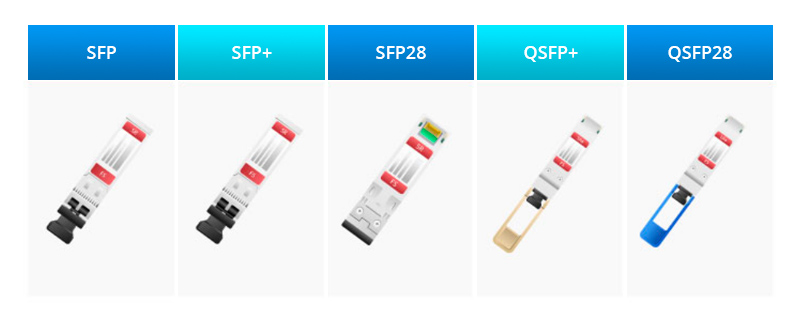
SFP: SFP was first introduced in 2001, and built to replace the larger form factor GBIC and support data rates of up to 1G data rate. But with the demands for higher bandwidths like 5G applications or IoT, 1G SFP modules nowadays are estimated to be out of the market in the future, although they still have some market share.
SFP+: 2006 saw the introduction of SFP+, an enhanced version of SFP with a higher data rate of up to 10 Gbps. SFP+ module is now still a dominant industry format transceiver module. Data transmission is available at 8Gbps, 10Gbps, and 16Gbps. Transmission distances cover from 30m to 120km and SFP+ transceivers are available with several different connector types such as LC Duplex, LC Simplex, and RJ45.
SFP28: With the same physical dimensions as the SFP and SFP+, the SFP28 fiber transceiver type was launched in 2014 and designed for up to 25Gbps transmission rate. Mainly used for 25G Ethernet and 100G (4x25Gbps) Ethernet.
QSFP+: Launched in 2012, QSFP+ (Enhanced Quad Small Form-factor Pluggable) is composed of 4 channels of 10Gb/s rate that support LC duplex and MPO-12 fiber connectors.
QSFP28: QSFP28 was also introduced in 2014 and shares the same physical dimensions as QSFP+, but uses 4 lanes of 25Gbps. QSFP28 is now the standard interface of choice for 100G applications.
More specifications of SFP vs SFP+ vs SFP28 vs QSFP+ vs QSFP28 are listed in the following Table 1.
| Optics Type | Standard | Data Rate | Wavelength | Fiber Type | Max Distance | Typical Connector | DOM | Operating Temperature |
|---|---|---|---|---|---|---|---|---|
| SFP | SFP MSA | 155Mbps 622Mbps 1.25Gbps 2.125Gbps 2.5Gbps 3Gbps 4.25Gbps |
850nm 1310nm 1550nm CWDM DWDM BIDI |
OM1 OM2 OS1 OS2 |
160km | LC SC RJ-45 |
NO or YES |
Commercial Industrial |
| SFP+ | IEE802.3ae SFF-8431 SFF-8432 |
6Gbps 8.5Gbps 10Gbps |
850nm 1310nm 1550nm CWDM DWDM BIDI Tunable Copper |
OM3 OM4 OS1 OS2 |
120km | LC RJ-45 |
YES |
Commercial Industrial |
| QSFP+ | IEEE 802.3ba QSFP+ MSA SFF-8436 SFF-8636 Infiniband 40G QDR |
41.2Gbps | 850nm 1310nm 832-918nm |
OM3 OM4 OS1 OS2 |
40km | LC MTP/MPO |
YES |
Commercial Industrial |
| SFP28 | IEEE 802.3by SFP28 MSA SFF-8472 SFF-8432 |
25.78Gbps | 850nm 1310nm |
OM3 OM4 OS1 OS2 |
10km | LC | YES |
Commercial Industrial |
| QSFP28 | IEEE 802.3bm QSFP28 MSA SFF-8665 SFF-8636 |
103Gbps 112Gbps |
850nm 1310nm CWDM4 |
OM3 OM4 OS1 OS2 |
80km | LC MTP/MPO-12 |
YES |
Commercial Industrial |
Comparison of SFP vs SFP+ vs SFP28 vs QSFP+ vs QSFP28
SFP vs SFP+
Same size with different speeds and compatibility. SFP+ is used in 10-Gigabit Ethernet applications while SFP is for 100BASE or 1000BASE applications. SFP complies with the standards of IEEE802.3 and SFF-8472 while SFP+ is based on SFF-8431. SFP+ ports can accept SFP optics but at a reduced speed of 1 Gbit/s. An SFP+ transceiver can not be plugged into an SFP port, otherwise, the product or port may be damaged. Normally, SFP+ is more expensive than SFP. Learn more about SFP vs SFP+ here: SFP+ vs. SFP Modules: The Different Roles in Network Infrastructure
.
SFP+ vs SFP28
SFP+ is mainly linked to 10G, while SFP28 is commonly associated with 25G connections. They use the same form factor, and the pinouts of SFP28 and SFP+ connectors are mating compatible. So SFP28 will work with SFP+ optics but at a reduced speed of 10 Gbit/s. 10G SFP+ modules will work well with the SFP28 port on a network switch if the port can be set up for 10G transmission, otherwise, the SFP+ modules can not work.Learn more about SFP28 module here: 25G SFP28 Transceiver Module Overview.
SFP+ vs QSFP+
The primary difference between QSFP+ and SFP is the quad form. QSFP+ is an evolution of QSFP to support four 10 Gbit/s channels carrying 10-Gigabit Ethernet, 10G Fiber Channel, or InfiniBand, which allows for 4x 10G cables and stackable networking designs that achieve better throughput. QSFP+ can replace 4 standard SFP+ transceivers, resulting in greater port density and overall system cost savings over SFP+. Get details about QSFP here: What Is QSFP+ Module: QSFP+ Transceiver Wiki and Types.
SFP28 vs QSFP28
SFP28 and QSFP28 transceivers actually adopt different sizes and working principles. SFP28 supports only one channel with 25 Gbit/s, while QSFP28 supports 4 separate lanes, and each is 25 Gbit/s. Both of them can be used in 100G networks, but the SFP28 is applied in the form of QSFP28 to the SFP28 breakout solution. Read article 100G QSFP28 Optical Transceiver Comparison to gain more pieces of information.
Conclusion
It's clear that the main driving force behind the evolution of optical transceivers is the need to achieve higher bandwidth rates with smaller form factors. In modern, dense networks, small form factors are a constant necessity. SFP vs SFP+ vs SFP28 vs QSFP+ vs QSFP28, after a clear understanding of them, you also have to consider your network traffic, transmission distance, and future-proof networking requirements to ensure the right selection.
Additional Learning Hub Resources
SFP vs. GBIC Modules: How to Choose the Right One for Your Network
You might be interested in
Email Address
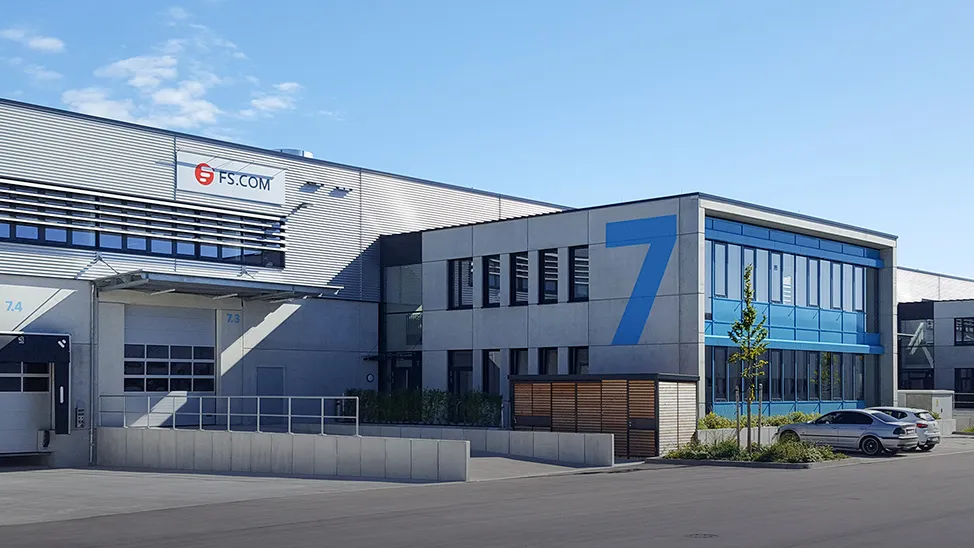
-
PoE vs PoE+ vs PoE++ Switch: How to Choose?
May 30, 2024








